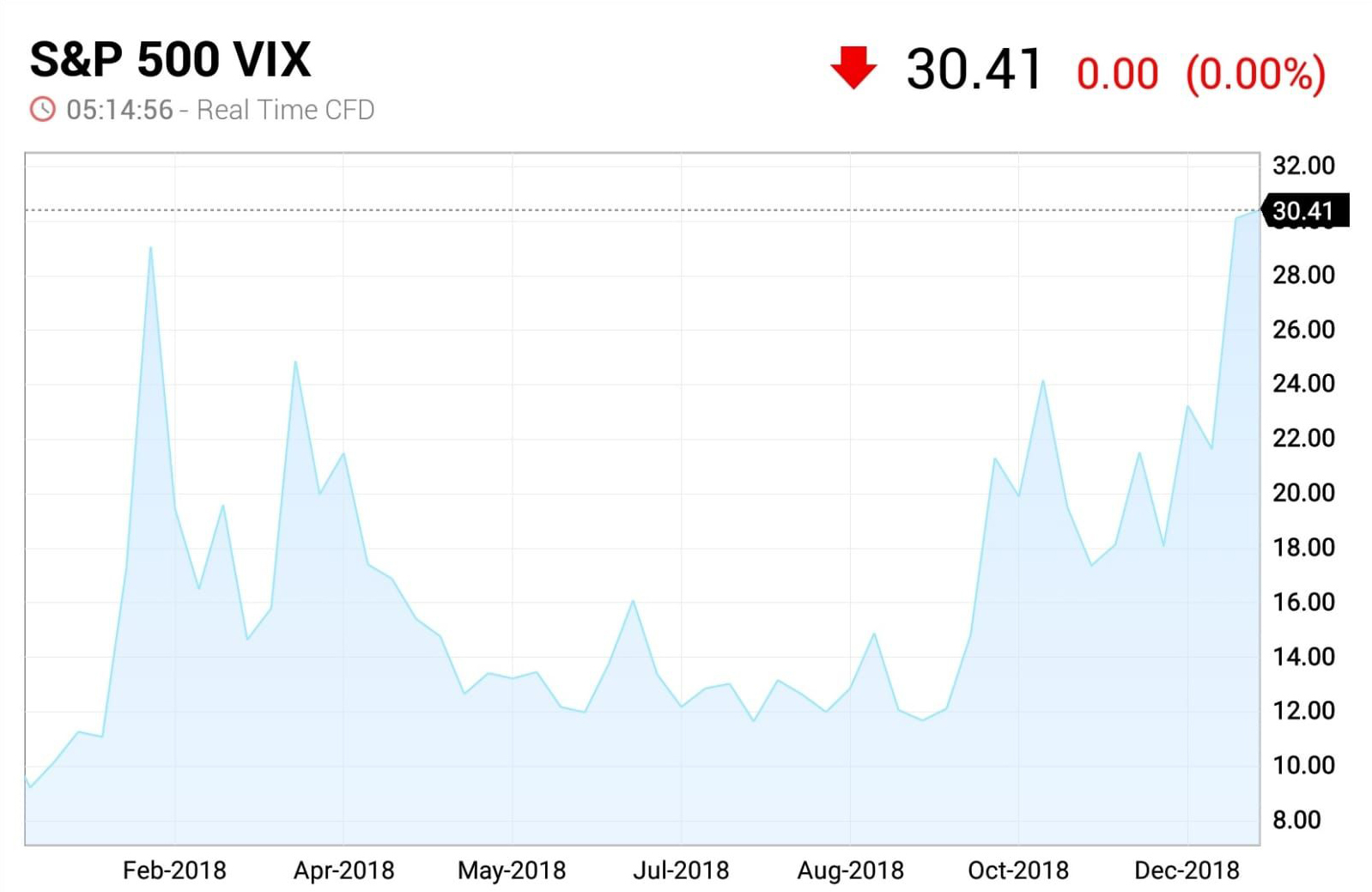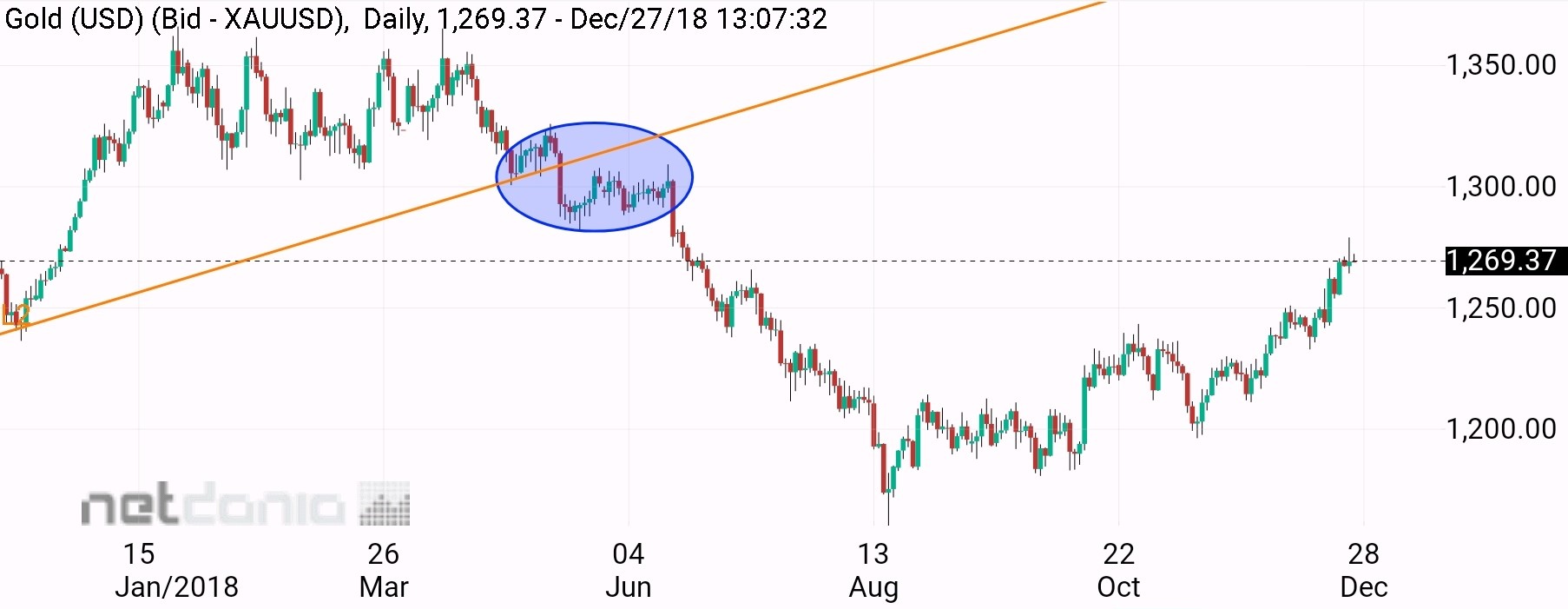Navigate
Article List
- How Will Black Swan Events Impact the Gold Market in 2019?
By Gordon Cheung, Deputy Chief Executive, SBMA
- Blockchain Comes to the Gold Market
By Jason Toussaint, MD Asia-Pacific, Emergent Technology
- Feature: The Digital Gold Standard
By Kai C. Chng, CEO, Digix
- Safeguarding the Bullion Market’s Integrity
By KL Yap, Refining Business Unit General Manager, Metalor Technologies (Singapore)
- Raymond, You Will Be Greatly Missed
By Philip Klapwijk, Managing Director, Precious Metals Insights
- Annual General Meeting 2018
By SBMA
- SBMA News
By Albert Cheng, CEO, SBMA
Article List
- How Will Black Swan Events Impact the Gold Market in 2019?
By Gordon Cheung, Deputy Chief Executive, SBMA
- Blockchain Comes to the Gold Market
By Jason Toussaint, MD Asia-Pacific, Emergent Technology
- Feature: The Digital Gold Standard
By Kai C. Chng, CEO, Digix
- Safeguarding the Bullion Market’s Integrity
By KL Yap, Refining Business Unit General Manager, Metalor Technologies (Singapore)
- Raymond, You Will Be Greatly Missed
By Philip Klapwijk, Managing Director, Precious Metals Insights
- Annual General Meeting 2018
By SBMA
- SBMA News
By Albert Cheng, CEO, SBMA
How Will Black Swan Events Impact the Gold Market in 2019?
By Gordon Cheung, Deputy Chief Executive, SBMA
Published on January 17, 2019


Gordon Cheung has over 25 years of trading experience in the interbank bullion market. Before joining SBMA as its Deputy Chief Executive in March 2018, he spent 12 years as the head of trading and hedge fund sales at leading bullion banks in Singapore and Hong Kong.
The subprime debacle in the United States (US) that triggered the 2008 financial crisis sent the world’s economy into an abyss of miseries. A decade on, some countries are still trying to stay afloat. On the 10th anniversary of the crisis, the US emerged as the first country to recover from distress. Its robust growth enabled the Republicans and President Trump, who took all the credit for work done by his predecessor, to tighten their grip on the Senate following their success in the midterm elections.
The global financial markets have not fared well for bewildered investors in 2018. The economic system has been rattled by political and ideological differences. Nationalism and protectionism that bring about geopolitical and ethnic confrontations have overtaken terrorism as the number-one threat to the recovery of the global economy. The world has never been so divided since World War II in terms of core value differences and humanism. It remains to be seen if President Trump’s America First policy will serve him well in the 2020 elections, but his unilateralism advocacy might backfire at some point in 2019 as the ongoing trade dispute with China may also take a heavy toll on the US manufacturing sector. That being said, the US has inarguably dwarfed the world with its strong growth, making the dollar the most pursued safe haven this year.
The watershed
Since the beginning of 2018, global markets have been volatile due to geopolitical tensions, particularly in Q4 when the US withdrew from the nuclear force treaty with Russia and the US-Sino trade dispute intensified (Figure 1).
Figure 1: CBOE Volatility Index Chart

In October, the leading stock indices reached historical highs, which ended up being a critical watershed where the global equity markets began to lose momentum and tail off amid the outburst of trade disputes (Figure 2). The S&P 500 benchmark alone lost $2 trillion that month, its worst performance since September 2011. Global research firm Preqin reported that the hedge fund world collectively posted a devastating 2.35 percent loss in October. The same report revealed that investors had withdrawn $4.6 billion from the hedge fund pool in Q3, indicating a lopsided shift in sentiment away from risks.
Figure 2: S&P 500 weekly chart

The slowdown of growth in China and other emerging markets also stifled the performance of commodities. On the Commodity Trading Advisor (CTA) front, crude stood out as the only rewarding commodity for the gurus. The bearish strategies they employed have enabled them to capitalise on the fact that the US is gaining a more controlling stake in the oil markets as the influence of OPEC wanes.
Gold enters the post-supercycle phase
As for gold, it has a grim story to tell. After its price peaked at $1,920 in September 2005, gold spent the next eight years scrambling for a foothold on the neckline pivot at $1,540. The eventual breach in April 2013 marked an end to the decade-long supercycle of gold. Interestingly, importation of gold into China surged to a record high in the same year. The trend reversal saw gold embarking on another protracted period of corrective tracking even though demand from China has remained strong. This reveals that import statistics for China is becoming more of a reference than an indicator of the performance of gold.
Despite the prevalent risk aversion stance, gold barely appeared on the radar of investors in 2018. The overall demand in Asia barring China has declined significantly, and the supply of recycled gold has shrunk in the same period (Figure 3). This explains why gold skidded further in May to $1,300 before hovering around the $1,160–1,370 range (Figure 4). All these phenomena may indicate that a mid-term bear cycle is slowly unfolding for gold, which is a call for the gold bugs to reassess the aftereffects of the supercycle with a realistic approach.
Figure 3: China bar and coin investment

Figure 4: Gold spot price

Potential drivers in 2019
The factors that have been driving the financial markets in 2018 will continue to do so in 2019. Black swan events will likely swarm global markets in 2019 and catch investors off guard. On the gold front, with China pretty much saturated against a backdrop of bleak economy, Chinese demand for gold will likely taper off.
Below are the potential happenings in 2019 that will keep investors on edge. The factors make up a mixed bag, the resultant impact of which will likely be negative for gold. We expect gold to test $1,320 in H1 before making a reversal to $1,100, which will remain intact for the rest of the year.
China:
- An all-time high debt-to-GDP ratio projection of 51.21 percent is putting China’s economy in a dilemma. Any policies to deleverage and rein in lending will force a large amount of technology startups and private enterprises into bankruptcy, whereas to maintain the status quo will send the economy into steep recession.
- Facing an imminent implosion that will force the government to put the expansionary strategies such as the Made in China 2025 plan and the Belt and Road Initiative on hold.
- More manufacturers will relocate their production lines to Vietnam, India, Pakistan and Latin America, causing the unemployment rate to soar.
- The yuan will depreciate.
- The demand for gold will decrease.
United States:
- Stock markets will undergo a cyclical downturn. Economic growth will slow down. The strength of the dollar will subside.
- To raise the stakes in the 2020 presidential election, President Trump will continue to leverage on his unpredictability, making himself a black swan.
- If Michael Bloomberg reaffirms his bid to run in 2020 presidential election, he will likely win by considerable odds. The dollar will strengthen in Q4 if that happens.
Eurozone:
- The economy will remain sluggish and mixed.
- Stay alert to Italy, Greece, Portugal, Spain and France.
United Kingdom:
- Brexit will have unforeseeable consequences for the economy.
- The pound will fall further.
Global:
- The global economy likely goes into stagnation. Inflation will remain flattish, offset by lower commodity prices.
- Oil benchmark falls to $35. The Fed will be cautious with its rate policy or put rate hikes on hold.
- Nationalism will continue to be a dominant ideology that may come at a high price for its advocates.

Gordon Cheung has over 25 years of trading experience in the interbank bullion market. Before joining SBMA as its Deputy Chief Executive in March 2018, he spent 12 years as the head of trading and hedge fund sales at leading bullion banks in Singapore and Hong Kong.
























